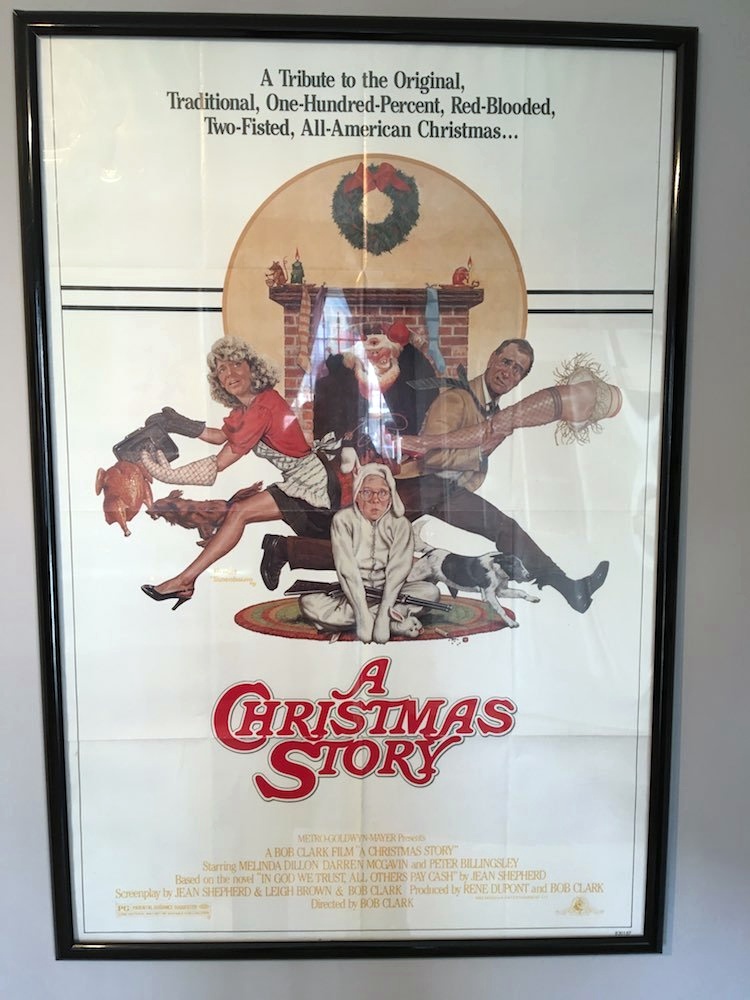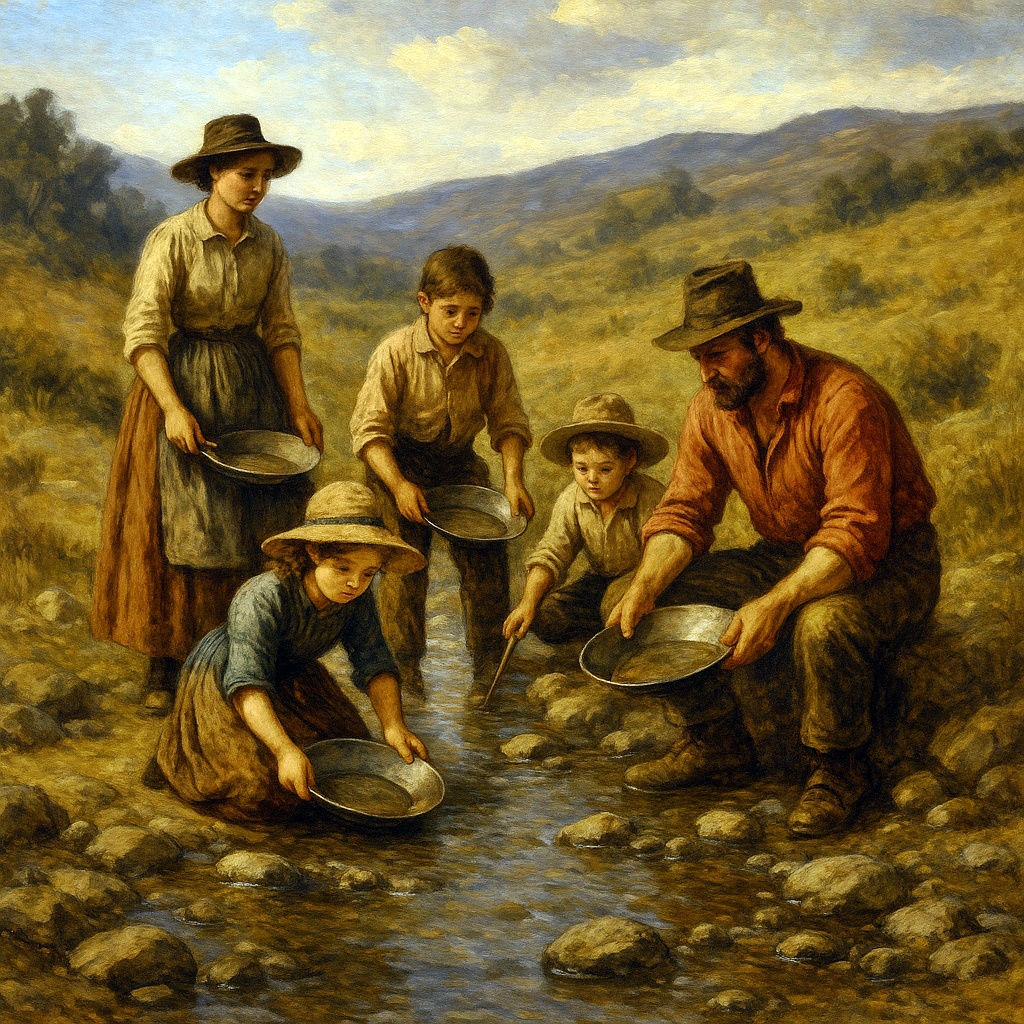Valentine’s Day History
Robert McNamara, and expert in 19th century history relates that St. Valentine’s Day celebrations date back to at least the Middle ages when the day was observed as Choose Your Romantic Partner Day “because it was believed that birds began mating on that day.” (McNamara “History of St. Valentine’s Day in the 1800s”) He continues by relating that writing special notes and letters for St. Valentine’s Day gained popularity in the 1700s, but the special greeting card appeared in the 1820s. Commercially produced cards grew in popularity during the 1840s in Great Britain and the United States, when postal rates became standardized in Britain. The cards were flat, often printed with in color with embossed borders. Once folded in half and sealed with wax, the card would be mailed.
Origins in Great Britain
According to kendra.com, British valentines would sometimes show a sailor on board a ship or sharing a parting kiss with his sweetheart. Some commemorated the appearance of Halley’s comet in 1835. Walter Crane and Kate Greenaway, famous children’s book illustrators of the Victorian era, designed valentines and their creations are valued by today’s collectors. Kate’s valentines often featured charming children in the dress of the day. (“Victorian Rituals Valentine’s Day Traditions”) She also designed cards for other holidays for card publisher, Marcus Ward.
Origins in the United States
Legend states that Mount Holyoke Seminary (Massachusetts) student, Esther A Howland received a Valentine card produced by an English company. Her father was a stationer, so she started to make her own cards. Before too long, she had to hire friends to help her make the cards. As a result, she put her hometown, Worcester, Massachusetts, helping to establish it as the center of Valentine production in America.
Growing Popularity
By the mid 1850s, Valentine’s Day cards were very popular; carefully embossed and elaborately laced. The exchange of cards declined a bit during the early 1860s, but perhaps because of the Civil War, their popularity surged in 1865 and 1866 and continued to grow in the years following the war.
Although most Valentines were modestly priced by the late 1860s, and some were even humorous, some valentines were gilded, and some held hidden treasures such as watches or other jewelry.
Decline and Revival
Michelle Prima points out that valentines were extremely popular during the 1870s and 1880s. By World War I, the giving of cards on Valentine’s Day had very much declined and hand-crafted cards a dying art. (Prima “A Victorian Valentine’s Day”) Perhaps, because of the war, the giving of cards on Valentine’s Day grew again during the 1920s. The holiday, whose modern traditions are firmly rooted in the Victorian era, continues to grow in popularity to this day.
Happy Valentine’s Day!
Everyone at Recollections wishes you a very Happy Valentine’s Day! To find out more about traditional Victorian valentines and how to make them, please visit http://home.kendra.com/victorianrituals/Victor/val.htm. To view beautiful Valentine’s Day cards from the era, please visit http://www.historyextra.com/gallery/victorian-valentines-day-cards.
Credits
McNamara, Robert. “History of St. Valentine’s Day in the 1800s.” Cards for St. Valentine’s Day Became a Tradition in the 1800s The History of the Modern St. Valentine’s Day Began in the Victorian Era. Web. 5 Feb. 2015. <http://history1800s.about.com/od/popularentertainment/a/valencards.htm>.
Prima, Michelle. “A Victorian Valentine’s Day.” A Victorian Valentine’s Day. Web. 5 Feb. 2015. <http://www.literary-liaisons.com/article053.html>.
“Victorian Rituals Valentine’s Day Traditions.” Victorian Rituals Valentine’s Day Traditions. Web. 5 Feb. 2015. <http://home.kendra.com/victorianrituals/Victor/val.htm>.
Photo Credit
“Victorian Valentine’s Day Cards.” Victorian Valentine’s Day Cards. History Extra Magazine. Web. 5 Feb. 2015. <http://www.historyextra.com/gallery/victorian-valentines-day-cards>.













Leave A Comment